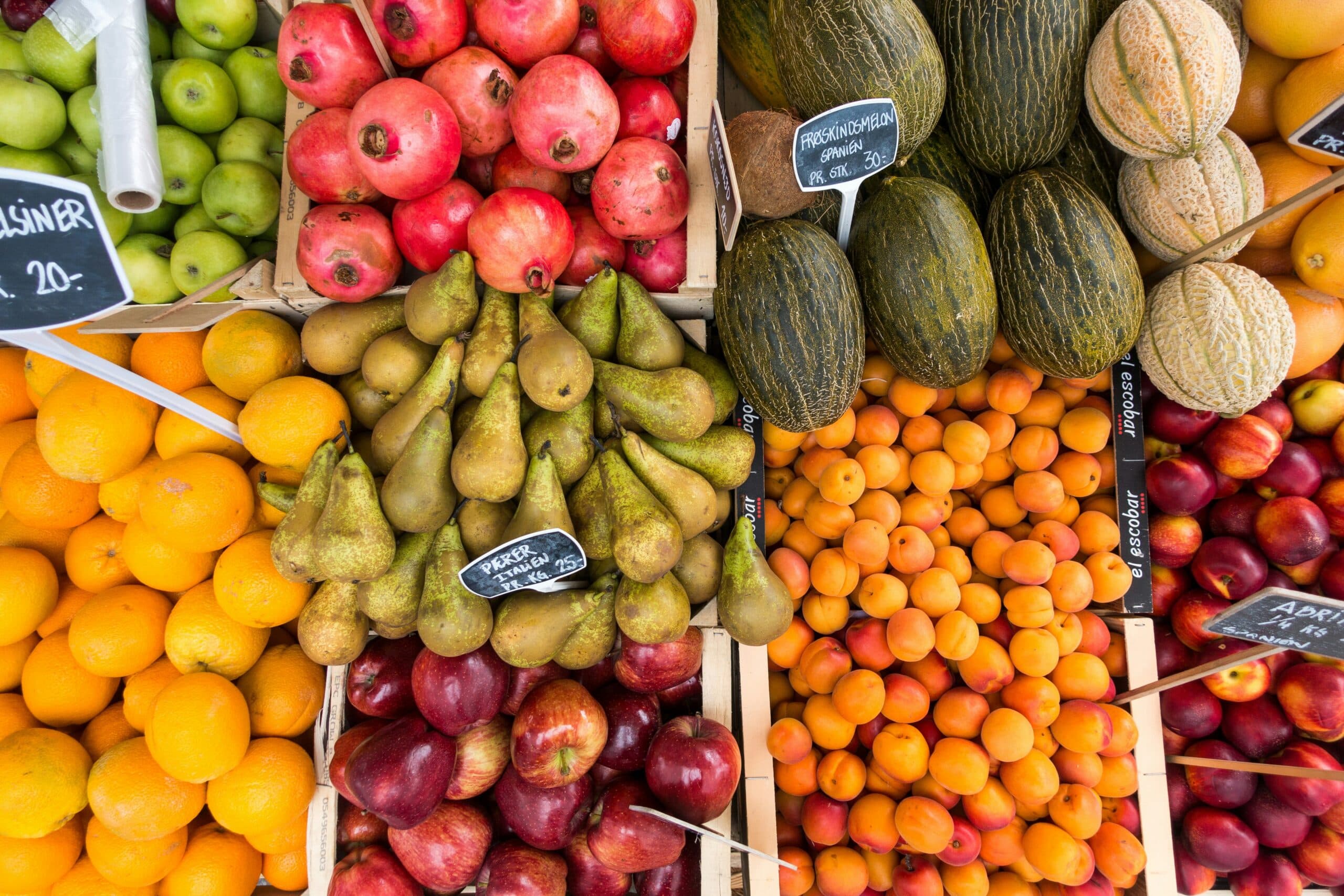
July 9, 2025
Shopping for Special Diets: Gluten-Free, Dairy-Free, and Plant-Based Eating
Whether you’re managing food allergies, sensitivities, or simply making healthier lifestyle choices, shopping for special diets can be both empowering and confusing. With grocery store shelves stocked with a growing array of options, it’s easy to feel lost without the right information.
This comprehensive guide will walk you through how to navigate your grocery trip like a pro, whether you’re following a gluten-free, dairy-free, or plant-based diet, or a combination of all three.
🔍 Why People Choose Special Diets
There are many reasons people switch to special diets. Understanding the why behind the what can help you make smarter, more personalized shopping decisions.
-
Medical Conditions: Celiac disease, lactose intolerance, food allergies, IBS, autoimmune disorders, and other health concerns.
-
Ethical Beliefs: Many people adopt plant-based or dairy-free lifestyles out of concern for animal welfare or environmental impact.
-
Lifestyle and Wellness: Some individuals choose to cut out gluten or dairy to reduce inflammation, improve digestion, or boost energy.
-
Religious or Cultural Practices: Certain diets align with faith-based food laws or cultural traditions.
Regardless of the reason, these diets require informed and intentional shopping habits to maintain both nutritional balance and food enjoyment.
🌾 Shopping Gluten-Free: A Smart, Safe Approach
What Is Gluten?
Gluten is a protein found in wheat, barley, rye, and their derivatives. In those with celiac disease, gluten damages the small intestine. Even without celiac, many experience bloating, brain fog, or fatigue from gluten sensitivity.
✅ What to Buy:
-
Whole, Naturally Gluten-Free Foods
-
Fruits, vegetables, legumes, eggs, fish, poultry, and meats (unprocessed)
-
Gluten-free grains: rice, quinoa, millet, sorghum, amaranth, teff, buckwheat
-
-
Packaged Foods with Certification:
-
Look for “Certified Gluten-Free” or GFCO label, which verifies products meet strict gluten-free standards
-
-
Gluten-Free Flours and Binders:
-
Almond flour, coconut flour, oat flour (certified GF), arrowroot, tapioca, xanthan gum
-
❌ Avoid or Double Check:
-
Common gluten sources: breads, cereals, pasta, pastries, soy sauce, gravies, malt vinegar
-
Hidden gluten in: soups, processed meats, salad dressings, and snacks
-
Cross-contamination: Look for labels like “processed in a facility that also processes wheat”
🛒 Tips:
-
Stick to the outer edges of the store—this is where fresh, whole foods live.
-
Use grocery apps or websites to filter products by “gluten-free.”
-
Keep a gluten-free pantry list to prevent repeat label-reading.
🥛 Dairy-Free Shopping: Beyond the Milk Aisle
Why Go Dairy-Free?
Some people are allergic to milk proteins (like casein), others are lactose intolerant, and some follow a dairy-free diet for acne, digestion, or ethical reasons.
✅ What to Buy:
-
Plant-Based Milk Alternatives:
-
Almond, oat, soy, coconut, cashew, hemp, rice milk
-
Look for calcium- and vitamin D-fortified versions
-
-
Dairy-Free Alternatives:
-
Cheese: nut-based (cashew, almond) or starch-based (tapioca, potato)
-
Yogurt: coconut, soy, or almond-based
-
Butter: vegan butters made from coconut oil or olive oil blends
-
-
Dairy-Free Sweets & Snacks:
-
Look for dark chocolate (check the label for milk) and sorbet instead of ice cream
-
❌ Watch Out For:
-
Sneaky dairy ingredients: whey, casein, lactose, ghee, milk solids, butterfat
-
“Lactose-free” ≠ dairy-free: Lactaid and similar products still contain dairy
🛒 Tips:
-
Try different plant milks—some are better for baking (like soy or oat), others for coffee (barista blends).
-
Choose unsweetened options to control added sugar intake.
-
Read labels closely because many processed foods contain hidden dairy additives.
🥗 Plant-Based Diet Shopping: Nutrition Meets Conscious Living
What Does Plant-Based Mean?
A plant-based diet emphasizes whole, minimally processed foods from plants and usually excludes or limits animal products. It can be vegan, vegetarian, or flexitarian.
✅ What to Buy:
-
Vegetables and Fruits:
-
Fresh, frozen, and canned (watch for added sugars or sodium)
-
-
Whole Grains:
-
Quinoa, oats, brown rice, farro, barley (if not gluten-free), bulgur, millet
-
-
Legumes:
-
Beans, lentils, chickpeas, edamame (great protein and fiber)
-
-
Protein-Rich Plant Foods:
-
Tofu, tempeh, seitan, nutritional yeast, pea protein, hemp seeds
-
-
Healthy Fats:
-
Avocados, olive oil, nuts, seeds, and tahini
-
❌ Common Pitfalls:
-
Over-relying on processed vegan foods: frozen meals, vegan nuggets, and fake meats, can be high in sodium and saturated fats
-
Not getting enough vitamin B12, iron, or omega-3s: consider supplementation or fortified foods
🛒 Tips:
-
Base your shopping around planned meals like lentil curry, quinoa bowls, or veggie tacos.
-
Stock up on spices and condiments (curry paste, soy sauce, sriracha, tahini) to keep meals interesting.
-
Use bulk bins (if safe from cross-contamination) to save on beans, grains, and seeds.
🛒 General Tips for Shopping for Special Diets
-
Meal Prep Is Key
Plan meals in advance so you’re not stuck with limited options or missing key ingredients. -
Don’t Shop Hungry
Impulse buys are harder to resist when you’re starving, especially if you’re avoiding familiar comfort foods. -
Label Literacy
Get familiar with reading ingredient labels and understanding what common additives mean. -
Join Loyalty Programs or Subscribe Online
Many health food stores and online grocers (like Thrive Market or Vitacost) cater to dietary restrictions and offer discounts or filters. -
Keep a Master List
Maintain a grocery list divided by category (pantry, fridge, freezer) for your diet so you can shop more efficiently. -
Cook More at Home
It’s the best way to control what goes into your food, save money, and avoid hidden allergens.
🥣 Nutritional Balance Matters
No matter your dietary restrictions, balance is essential. Special diets are not just about avoiding certain ingredients—they’re about replacing them with nutritious alternatives.
Example Replacements:
-
Gluten-Free Pasta → Add lentil or chickpea pasta for protein + fiber
-
No Dairy Yogurt → Choose one with live probiotics and calcium fortification
-
Plant-Based Meal → Add quinoa, tofu, greens, and nuts for a full amino acid profile
Consulting with a dietitian, especially if you’re managing allergies or chronic conditions, can help you ensure your diet remains complete and satisfying.
🌟 Conclusion: Empower Your Grocery Experience
With a little research, some label reading, and thoughtful planning, shopping for special diets becomes less of a challenge and more of an exploration. From gluten-free flours to plant-based protein hacks and dairy-free delights, the grocery store has never been more inclusive.
Food should nourish you and make you feel good, and with the right shopping tools, it can.
Recent Posts

How to Grocery Shop for a Sustainable, Healthy Lifestyle
October 22, 2025

Meal Planning 101: Shop Smart for a Week of Healthy Meals
October 21, 2025
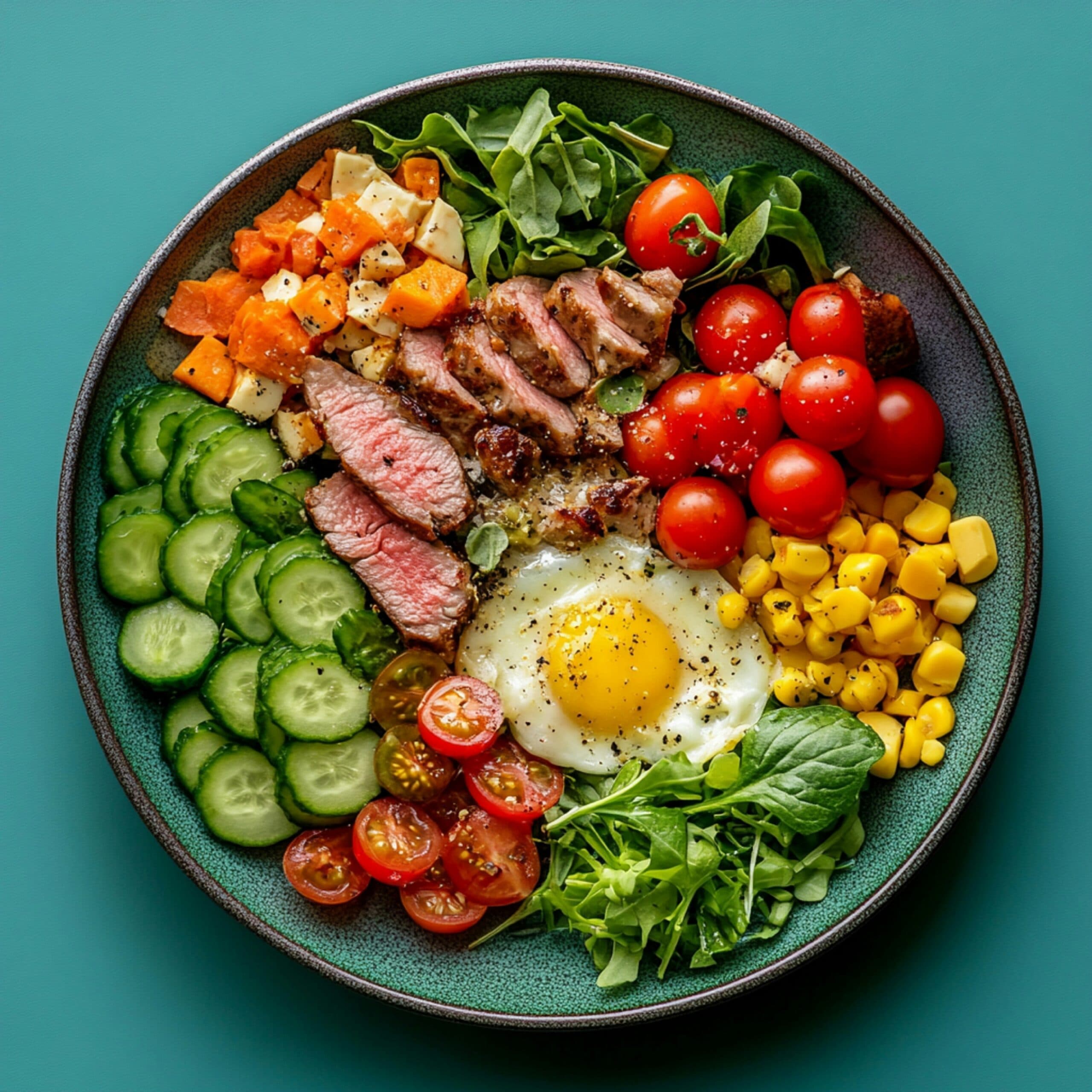
What is the Paleo Diet and How Could It Benefit You?
September 19, 2025
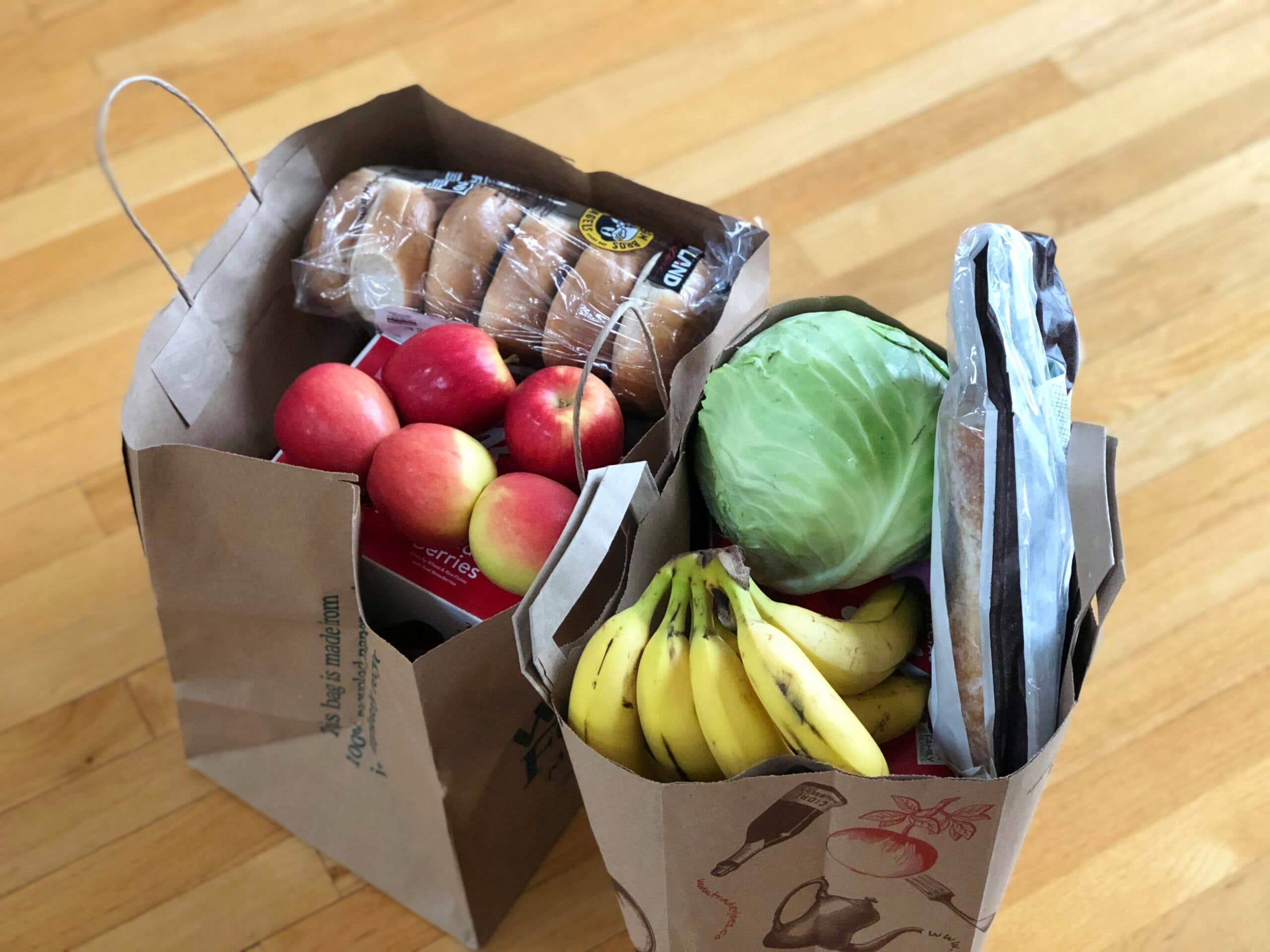
Healthier Grocery Shopping Choices: A Guide to Smarter Nutrition
September 18, 2025
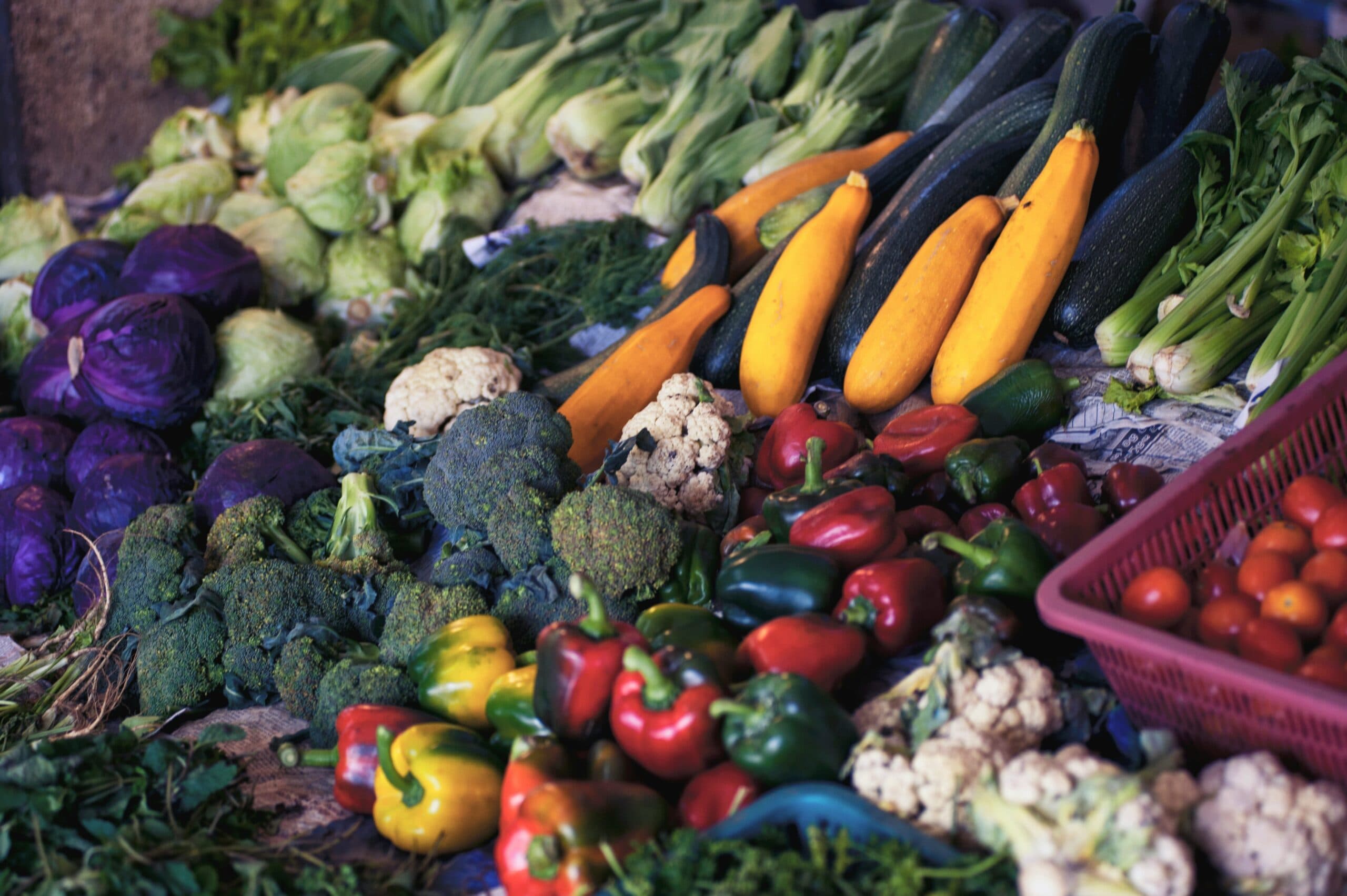
The Rainbow Diet: Why Eating a Variety of Colors is Key to Getting All Your Nutr...
August 13, 2025
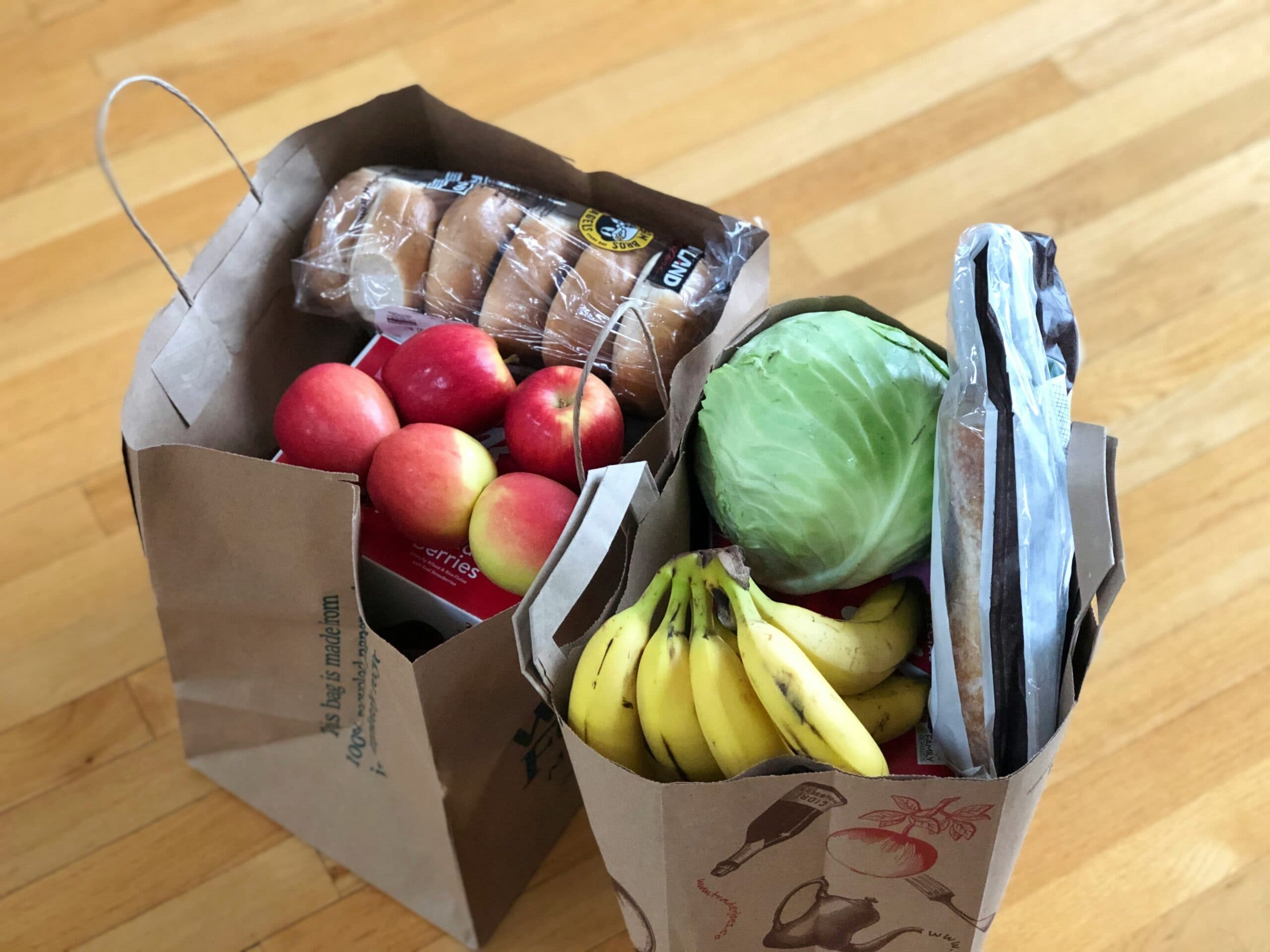
Grocery List for a Low-Processed Diet
August 12, 2025
